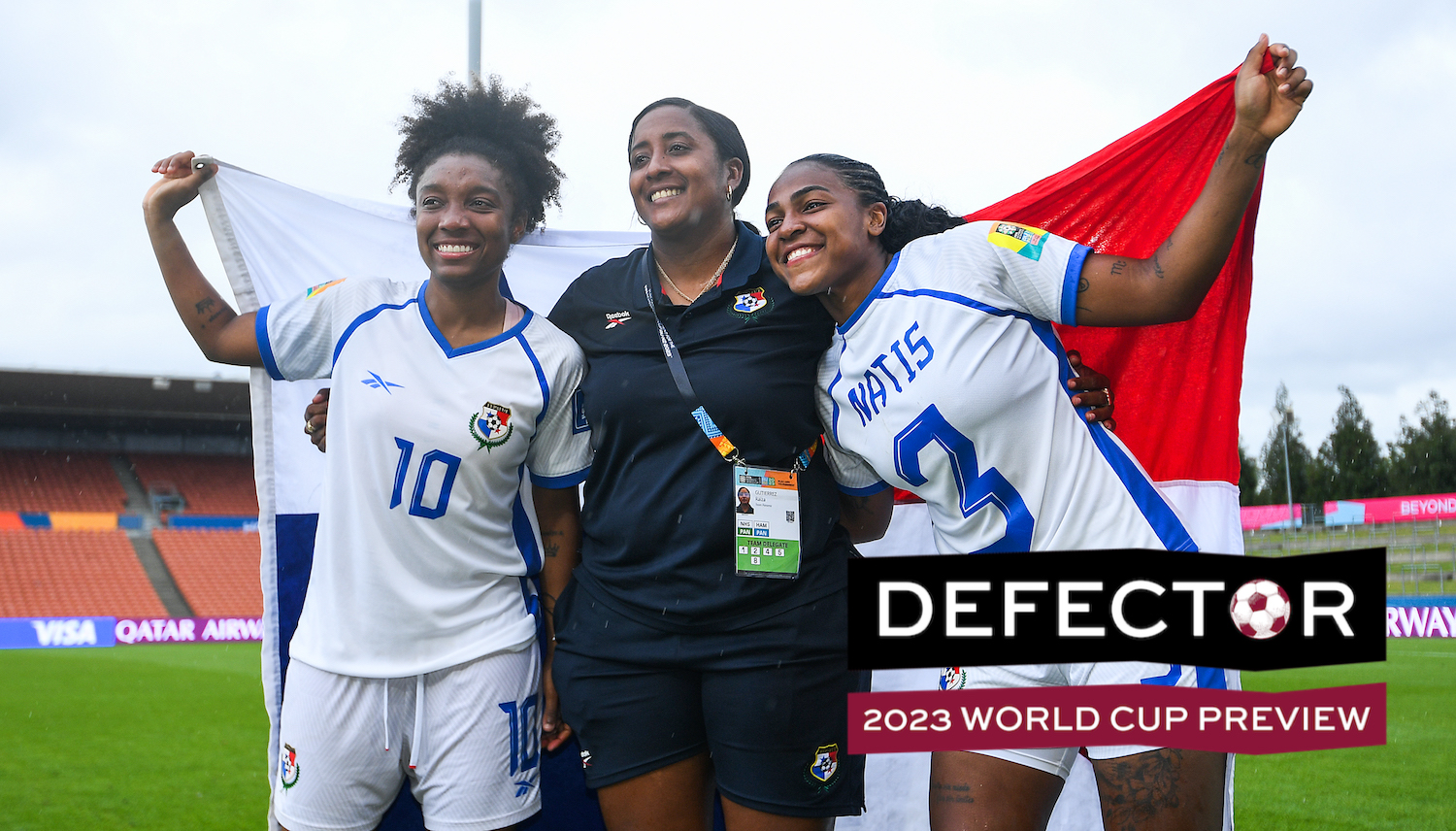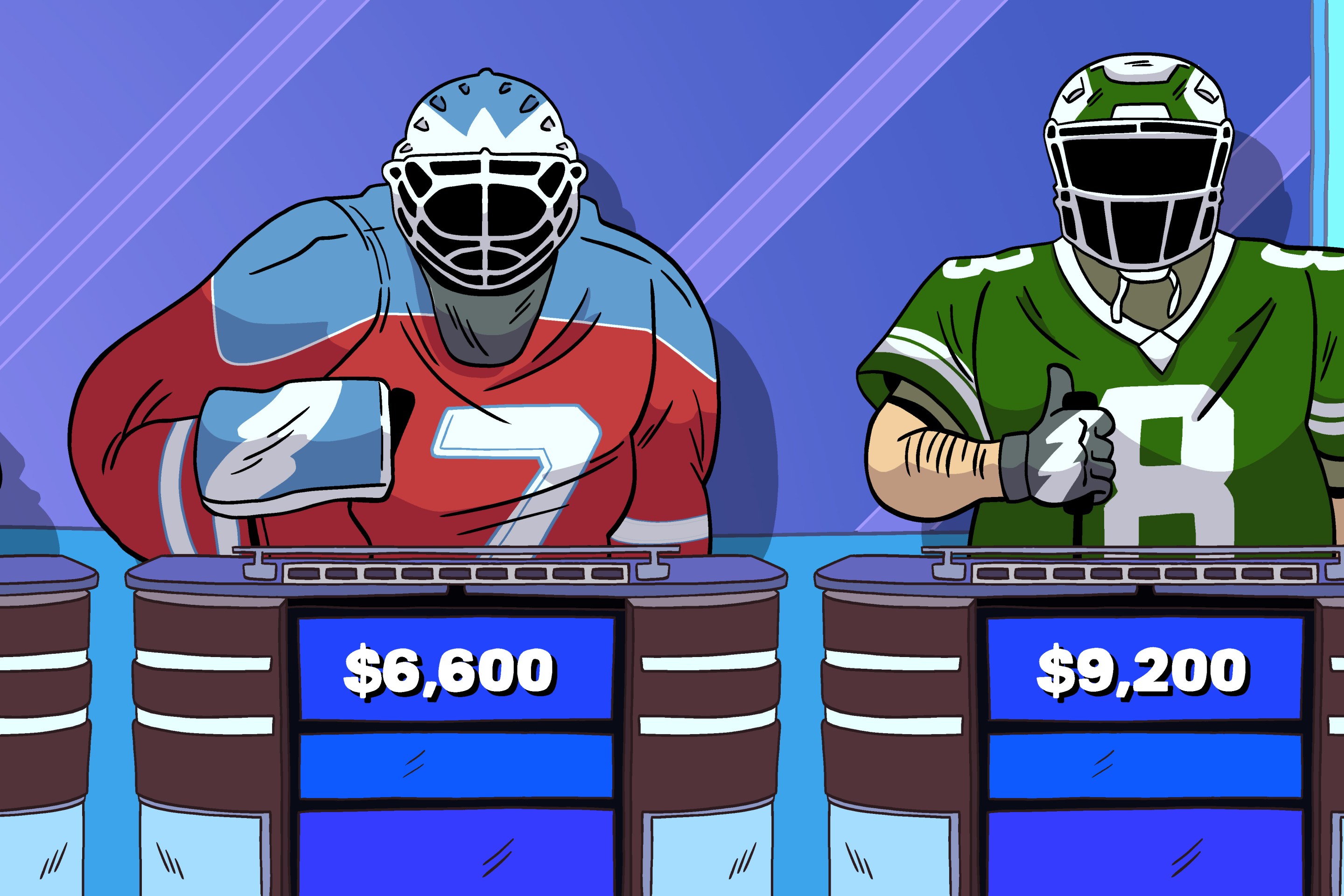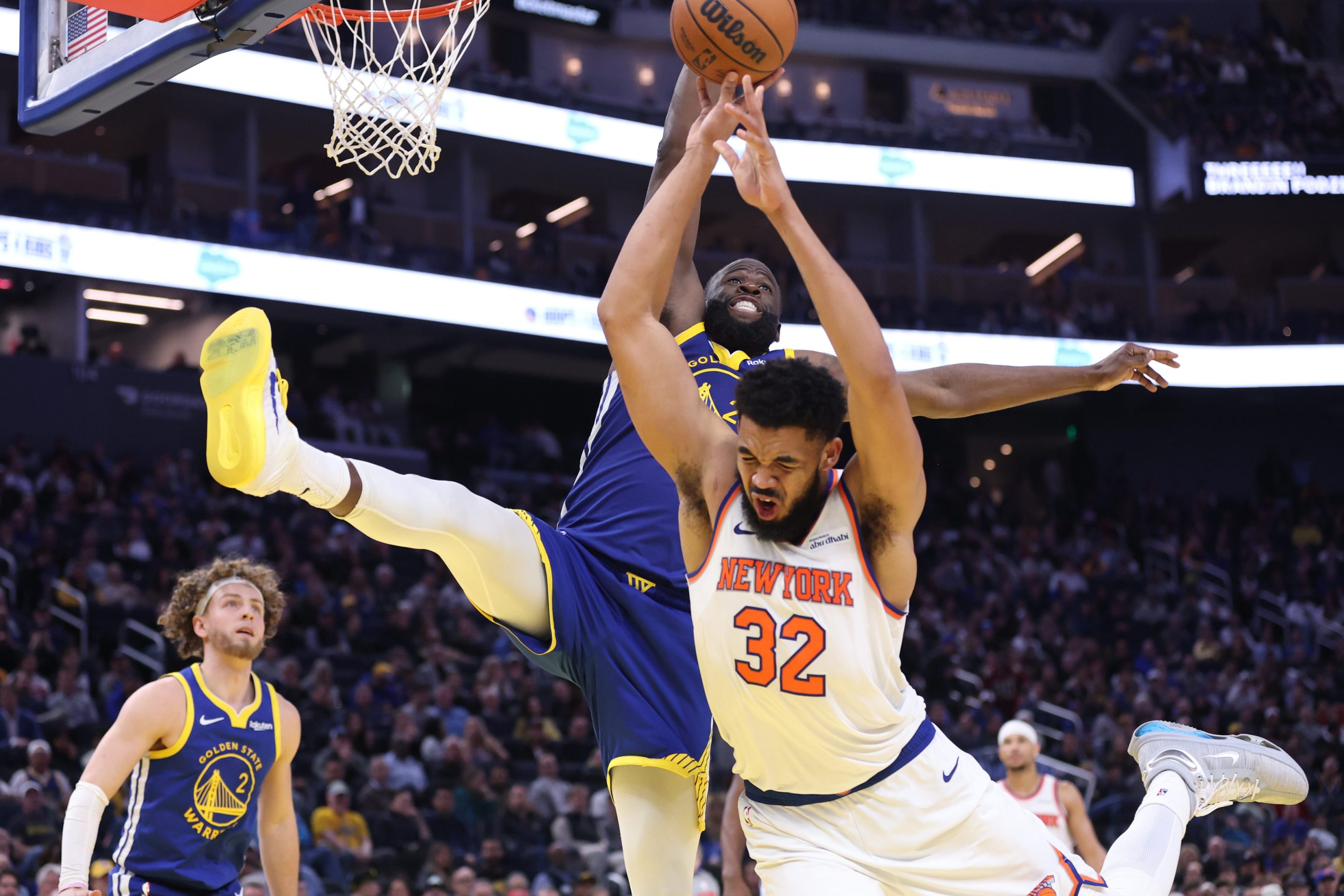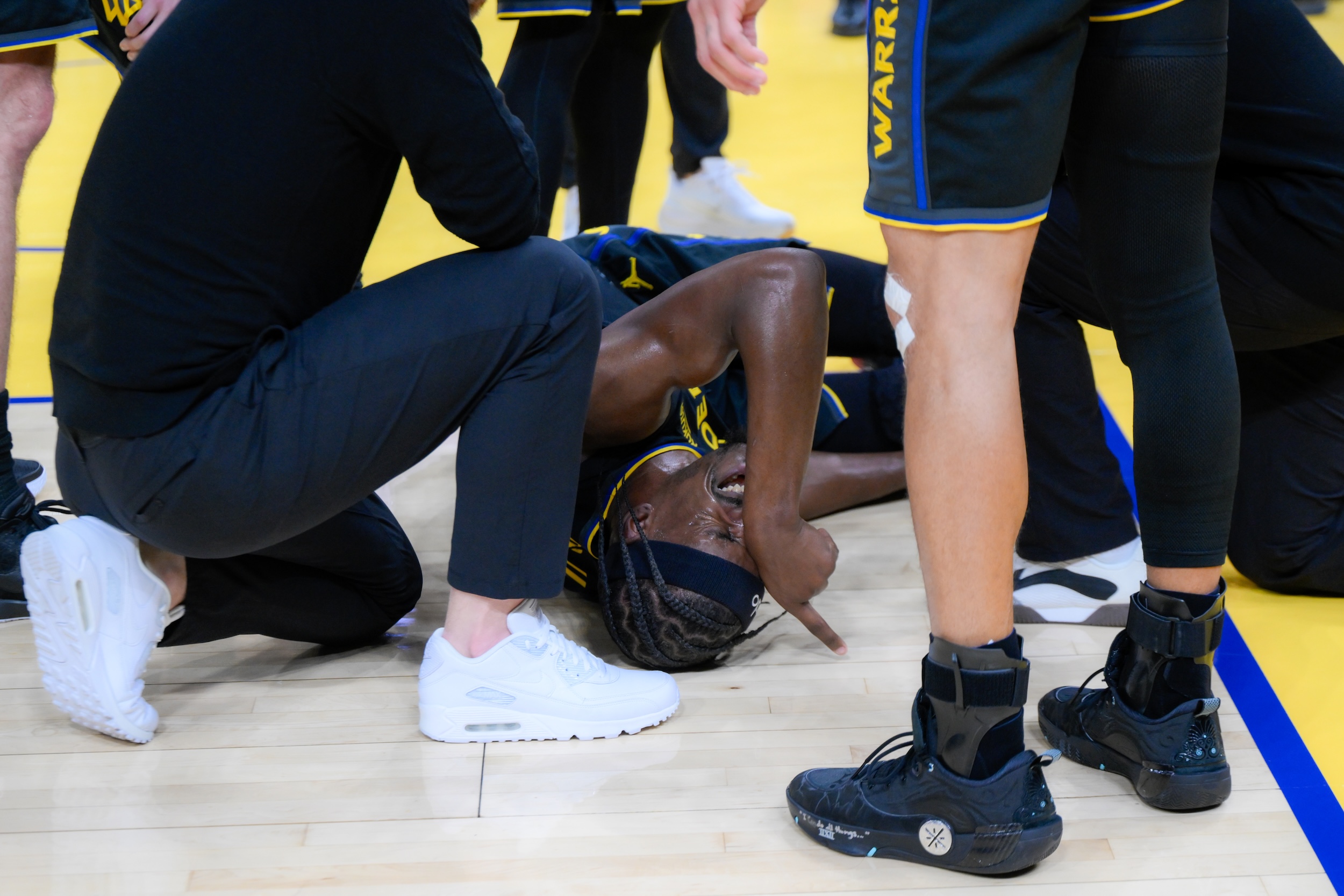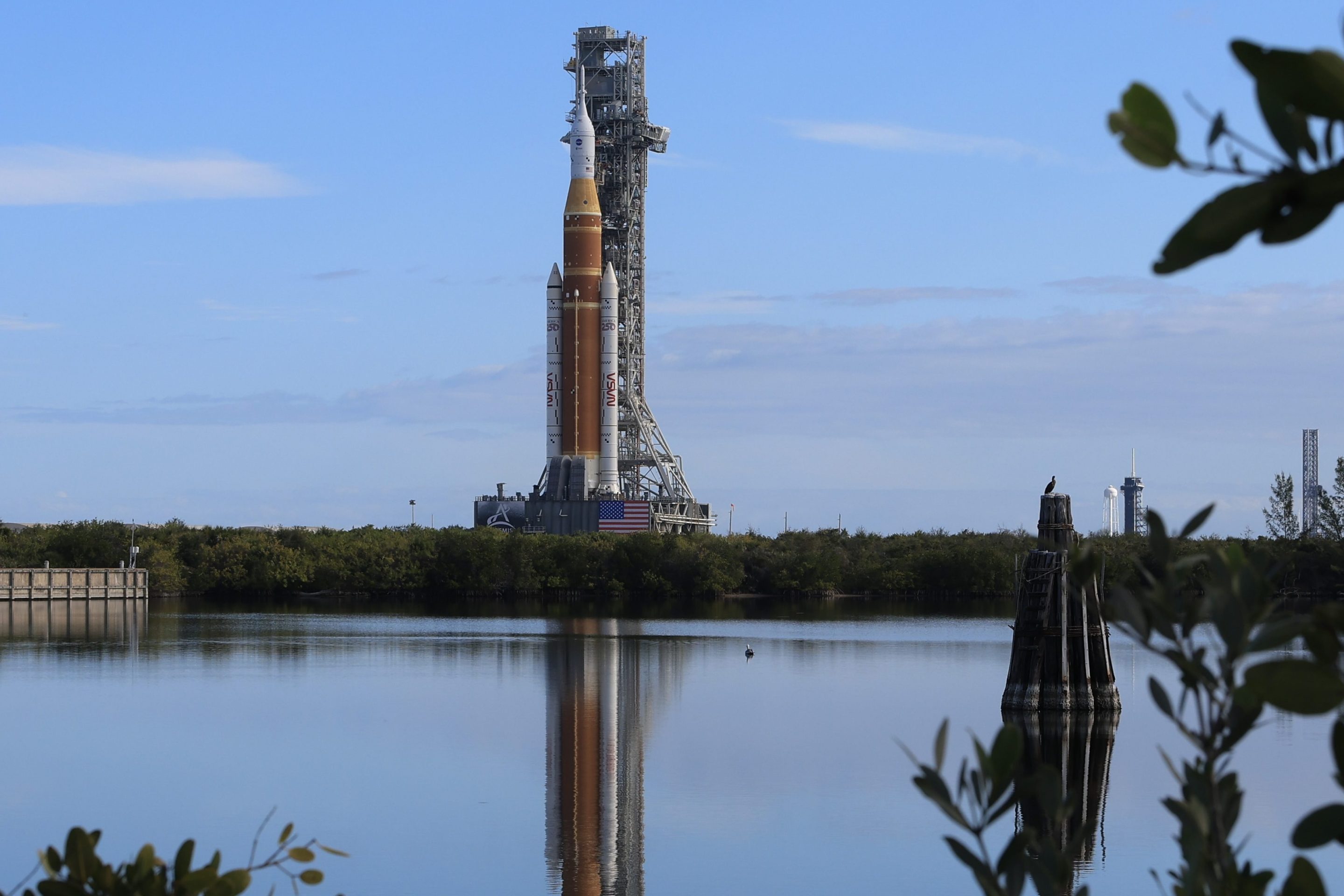It’s almost time for the 2023 World Cup. To help get you ready, we will be providing you with precious information about every team in the tournament. You can read all of our team previews here.
One could make a convincing case that Panama is the worst team at the 2023 Women's World Cup. Of the 32 teams in the tournament, only one (Haiti) is ranked below Panama, and only by one spot. The last time Les Grenadières played Las Canaleras, they blew them out, 6-0, in the final group stage game of the CONCACAF Women's Olympic Qualifying tournament. Nobody on the plane to New Zealand has even 20 caps, and their 36-year-old coach Ignacio Quintana has never led another team. They are in a group with juggernauts France and Brazil, as well as fellow CONCACAF hopefuls Jamaica. The Reggae Girlz, like Les Grenadières, also beat Panama by multiple goals the last time they played.
And yet Panama is undoubtedly a team on the rise. They made it to the semifinals of the 2018 CONCACAF W Championship, got fifth place at the 2019 Pan-American Games, and qualified for the 2022 CONCACAF W Championship (where they lost to Canada by a respectable 1-0 scoreline). The team was on the cusp of qualifying for the World Cup in 2019, though they lost to Jamaica on penalties and then got smoked in a playoff by Argentina. They were the final team to qualify for the 2023 World Cup, defeating Papua New Guinea and Paraguay at a pair of playoffs in February. For a team that never qualified for a major tournament until this year, making it through an arduous qualification process and booking their spot is impressive, especially since they didn't allow a goal over the two legs. Panama's defensive record has been topsy-turvy as of late, which is theoretically concerning given that the template for big-time upsets is to hold and counterattack.
But again, getting here was the goal, and they're such a young, exuberant team, that they're not going to back down from the challenge of playing France and Brazil. "As a team, we're very aggressive in the true sense of the word," Quintana said in June. "We're a team that has no fear, that has no phobias, that has no semblance of an inferiority complex."
Who Is Their Star?
Marta Cox, their 25-year-old captain, is the engine that keeps Panama running. The energetic midfielder is one of the most experienced and tactically crucial players for Panama, and Quintana has smartly organized the team to play around her strengths. "[She's] never scared of anything," Quintana said of Cox. "[She] never takes no for an answer. And she's instilled that in our players. She's really helped us create and develop a culture of competition within the squad." Cox is quite a well-rounded player, who you'll often see run back to collect the ball from the backline, dribble past a defender, then hit the ball ahead. Panama like to control the center of the field and play pretty direct soccer, when they can, and Cox is both the best passer and best ball-progressor on the team.
Cox plays for Pachuca in Liga MX Femenil, where she helped them finish second in the Clausura 2023. She's been in Liga MX for two seasons, first joining Leon in 2021. Sometimes she plays on the right side of the field, though she is most often deployed in the center, where her ability to hold and progress the ball are most valuable. Panama needed Cox at her best to make it to New Zealand, and she was their best player in the playoff, first opening the scoring against Papua New Guinea in the first match with a spectacular bicycle kick, then setting up Lineth Cedeño's triumphant winner against Paraguay with a stunning free kick.
Cox has a nose for goal as well, scoring 15 times in her national team career and has knocked in several bangers for Pachuca.
Tell Me About A Cool Youngster
Part of building up an underachieving national team is finding any dual-nationals you can bring into the program (see: the Philippines). Quintana has struck gold with his recruitment of Michigan native Riley Tanner, recent draftee of the Washington Spirit and the daughter of a Panamanian mother. The striker has played only a handful of games for the NWSL side after a standout college career at Alabama, though her talent was strong enough to catch Quintana's eye right in time to call her up for the first time at the most critical juncture in Panama women's soccer history. (With all due respect to their 2019 near-miss, Papua New Guinea and Paraguay are way more beatable than Argentina.) Tanner came off the bench against the New Guineans for her first cap, and she sealed the 2-0 win with a fantastic solo goal, dribbling around and past four defenders before finishing.
Tanner then started against Paraguay in Panama's triumphant win. She's not the sort of forward who blows people away with her pace or athletic ability, but she's a gifted technician on and off the ball. The game-winner in the World Cup playoff is a fitting first international goal for her, as it shows her skill moving with the ball in tight spaces. Panama like to possess the ball a lot against equal or inferior teams, and Tanner is a helpful part of that strategy. "She's an incredibly mature player," said Quintana. "She's cool about everything."
Who Is Their Enemy?
As Panama is a banner program for equal pay in CONCACAF, their enemy is an external one. They have rivalries with Haiti, Jamaica, and other ambitious CONCACAF minnows, though the closest of these is Costa Rica, the class of Central America. Costa Rica has won two out of the last three matchups, including the opener of the 2019 Pan-American Games.
National Folk Hero Who I Think Is Cool
Victoriano Lorenzo is regarded as one of the key figures in the Panamanian struggle for independence from Colombia. After the Spanish left in 1821, Panama was part of Gran Colombia, though locals began agitating for true independence shortly after the confederation was formed. Lorenzo spent his early years as an organizer for indigenous causes in rural Panama, and once the Thousand Days War started, he helped lead Liberal forces in their eventually futile fight against the Conservatives. Lorenzo refused to surrender alongside the rest of the Liberal forces once they signed the Treaty of Wisconsin (so named for the U.S. warship that hosted negotiations), and he was captured and executed in 1903. One-hundred years later, the mayor of Panama City formally declared his innocence, and though he didn't live to see it, he's hailed as a hero in Panama's eventual push for independence.
Scran Or Not Scran: National Dish Edition
The consensus national dish in Panama is sancocho, a life-giving elixir of a soup that I can tell you from my time in Panama is quite the hangover cure. But you can't eat soup in the damn stands, so I will tell you now about the best breakfast food I had in Panama, which are these delightfully fluffy, thick corn fritter cakes. The local twist is that most table salsa served at Panamanian restaurants, at least the ones I went to, are habañero-based. The adversarial, pointy salsa brings the hearty meal to life, and I think it would help motivate you to scream at your enemies from the stands, as all good scran should.
What Would A Successful World Cup Look Like For This Team?
Beating Jamaica, though a draw would also be acceptable.
